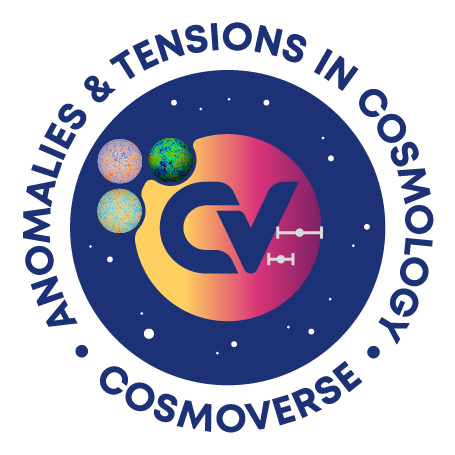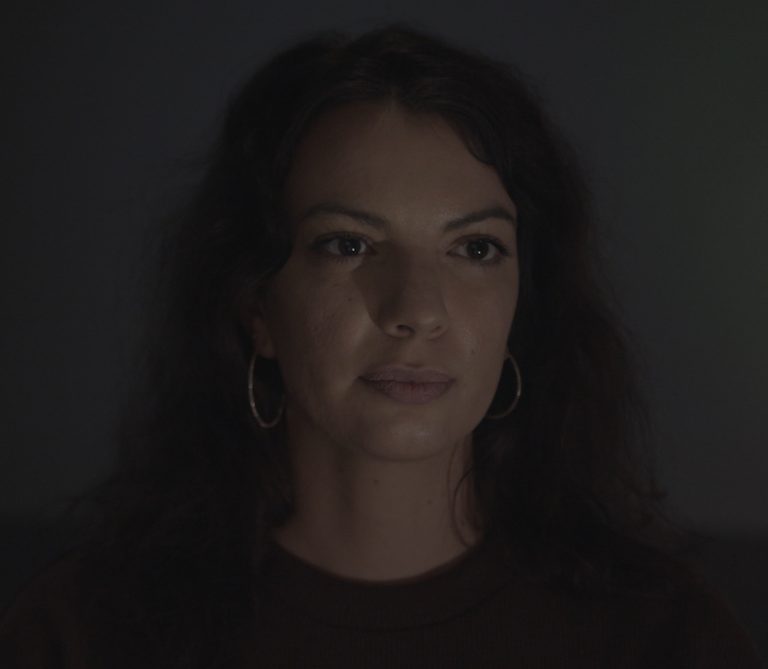What is your name, affiliation, academic position, and job title?
Agnès Ferté, working as a project scientist at SLAC/Stanford University.
What is your field of research and/or what project are you involved in?
I was a teenager the first time I heard that the Universe is expanding which I thought did not make sense at all. So I have wanted to pursue cosmology since then although I considered other directions along the way. Now I am working on understanding why the Universe is, not only expanding, but expanding faster and faster.
What are your research plans?
It is a unique time to do cosmology as we are about to make a big leap in the amount of data we will get on the statistics of galaxies as well as the cosmic microwave background. I am interested in getting the most of these data and looking at them in all possible ways, with the hope of discovering something new like a breaking of general relativity which I have worked towards over the past few years.
How does CosmoVerse fit within those plans?
Tensions in the cosmological model, in combination with the current big open questions of cosmology, are a promise of coming discoveries in cosmology. CosmoVerse showcases the different directions in research aiming at solving these issues.
What advances or new results are you excited about or looking forward to?
Once its construction is complete, the Rubin Observatory will map the sky very quickly for a decade from Chile. It will be a pretty unique facility that will both be capital for transient phenomena as well as for the static sky. I am looking forward to see which discoveries will be made with its data after a few years of operations.
What is your view on cosmic tensions? How does your work connect with this open question in the community?
I generally believe cosmic tensions to be caused by a misunderstanding of our data but I secretly hope it is indeed a crack in our standard model. In my work I test for any deviations from what we expect in general relativity, some types of deviations could explain tensions while others don’t. In any case, we need to deeply understand our data to test the cosmological model in the first place.

